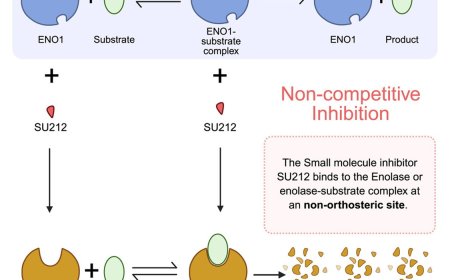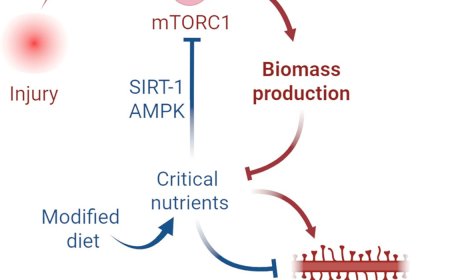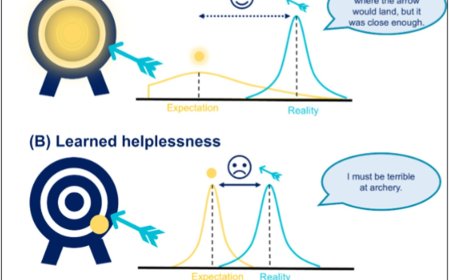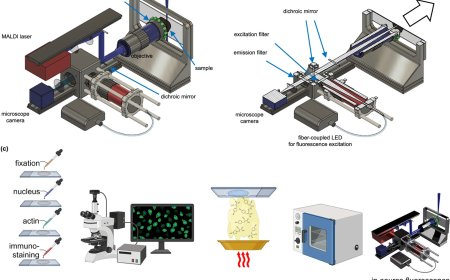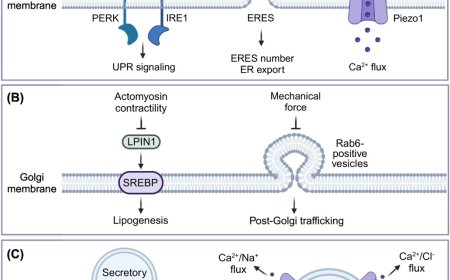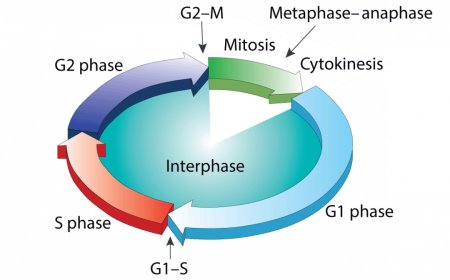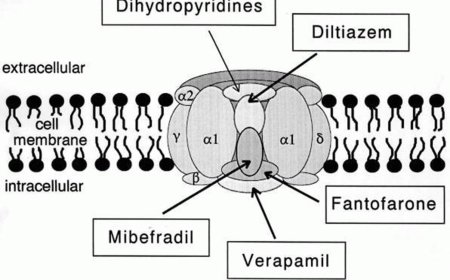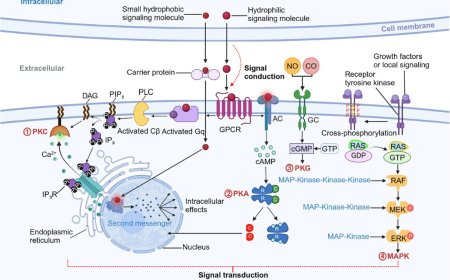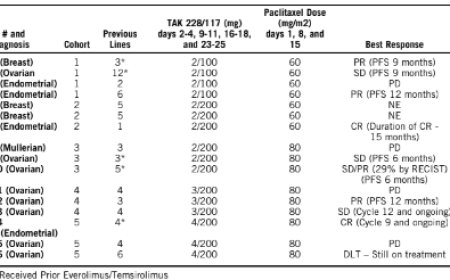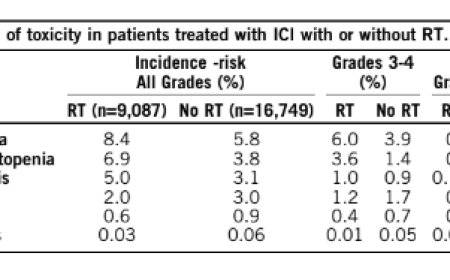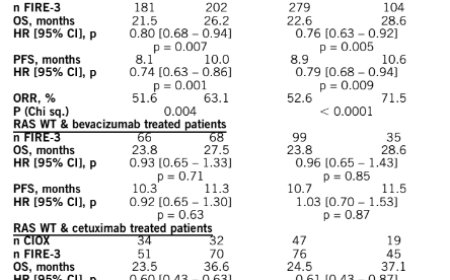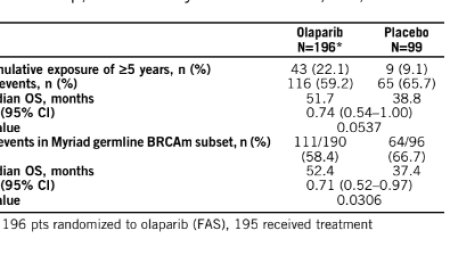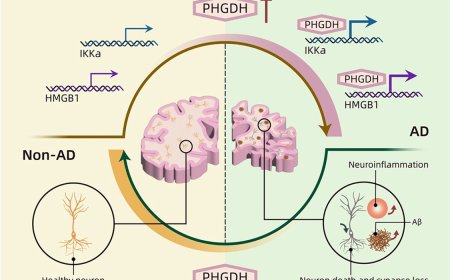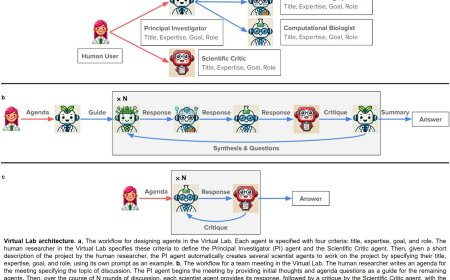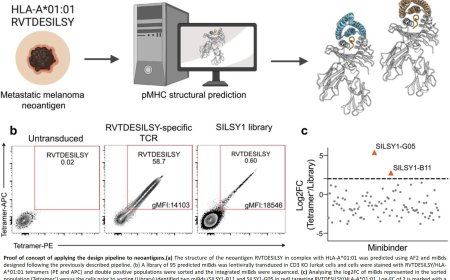AI-powered app enables anemia screening using fingernail selfies

Anemia affects more than 2 billion people worldwide, including an estimated 83 million Americans at high risk. Now, a new app delivers reliable, accessible screening directly to consumers.
A new study unveils a major advancement in noninvasive health technology: a smartphone app that uses artificial intelligence and a photo of a user’s fingernail to detect anemia..
Published in the journal Proceedings of the National Academy of Sciences (PNAS), the study demonstrates that this noninvasive, AI-augmented app provides hemoglobin estimates that rival traditional lab testing. With more than 1.4 million tests performed by over 200,000 users, the app represents a scalable, low-cost solution that broadens access to anemia screening, especially in underserved and remote communities.
With increased access, this app brings reliable screening directly into the hands of consumers, enabling real-time health monitoring and earlier intervention, empowering users to make informed decisions without waiting for lab results. While not intended for self-diagnosis, the app helps users understand when to consult a healthcare provider.
The app is particularly valuable for those with chronic anemia, such as people with kidney disease or cancer, who often require frequent monitoring. The study showed that personalized app use in these patients improved accuracy by nearly 50%, enabling safer, easier at-home management.
“This research, more than eight years in the making, represents a meaningful step toward improving accessibility in healthcare,” said the author. “It’s a testament to long-term collaboration and a commitment to empowering patients through innovation.”
· 1.4 M+ tests performed using smartphone cameras and AI-powered fingernail analysis.
· Hemoglobin (Hgb) estimates showed a mean absolute error of ±0.72 g/dL, improving to ±0.50 g/dL in users with Hgb >10 g/dL.
· Geolocation data enabled the first county-level anemia prevalence map in the U.S.
· App personalization for chronic anemia patients improved accuracy (from ±1.36 to ±0.74 g/dL).
· Users can now track their hemoglobin levels at home, reducing the need for frequent clinic visits.
· Traditional blood testing is time-consuming, expensive, and requires clinical infrastructure. This tool offers a low-cost, noninvasive alternative with massive scalability.

